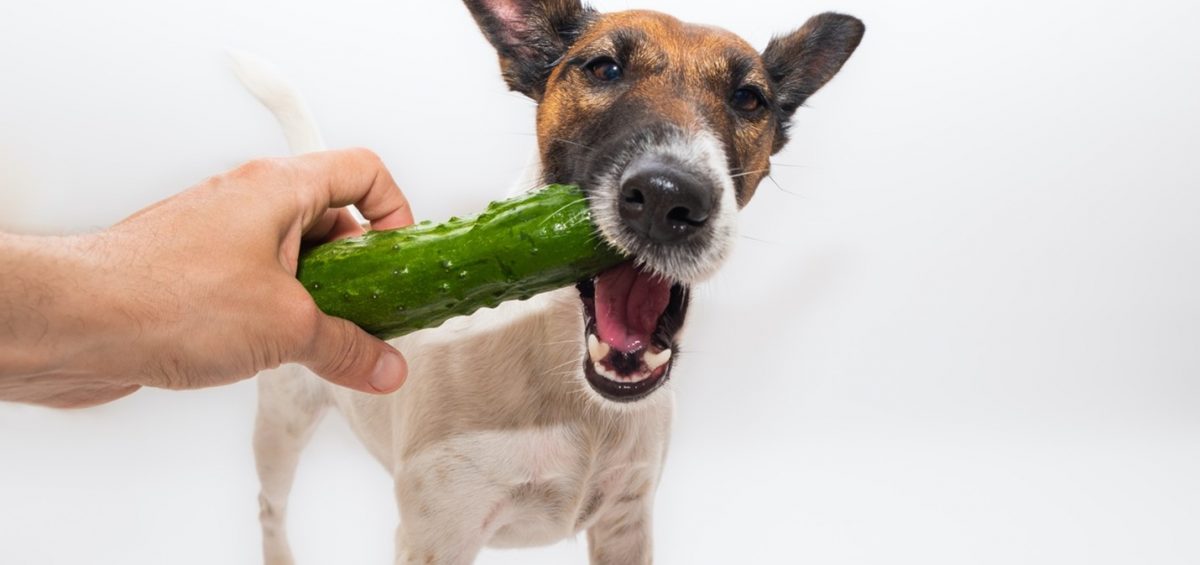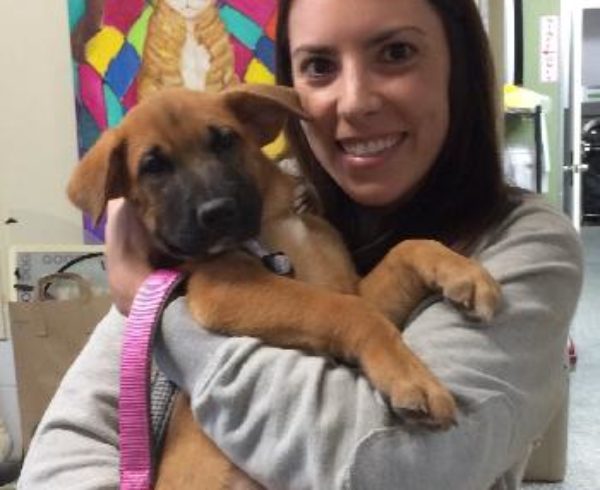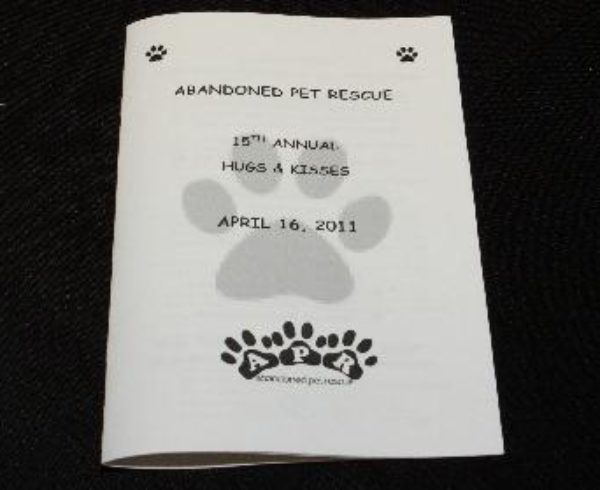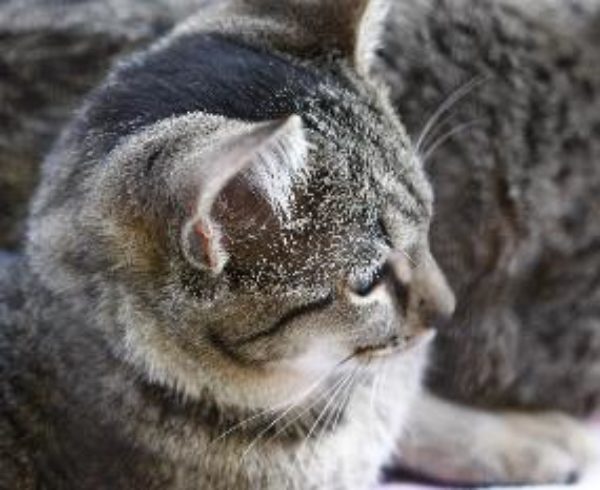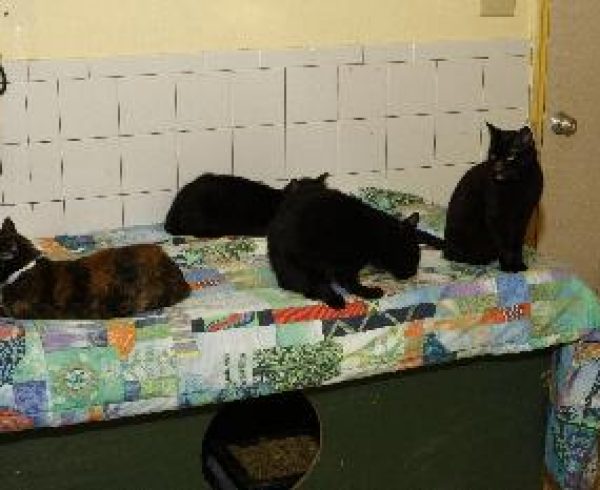What could the future hold if we found a way to feed our pets what they really need and were kind to the planet and its inhabitants? That is precisely the direction we are moving in with the alternative proteins for pet food movement. You may have heard about it: insects, fermentation, vegan and cultured. They all have interesting options that are formulated with veterinarian oversight, but it is Cultured Meat that is especially interesting for the possibilities it presents for us and our pets.
What exactly is cultured meat? It sounds like meat with a refined taste. But, what it really is is real meat without the animals. It’s meat grown in a lab.
What I especially love about this is you get all of the benefits of feeding real meat to your dogs and cats, but no animals were harmed and no toxins from the environment are in the food. This is tremendous news!

So, what happens when you cross a cat rescuing microbiologist with another cat rescuing MBA student? In this instance, you get a passionate and purposeful team who set out to remove animals from factory farming and the pet food supply chain.
I’m talking about Shannon Falconer and her partner, Josh Errett of Because.Animals, I interviewed Shannon recently for my podcast and was very excited to hear about all of the developments in this exciting and buzzy space in the pet food industry.

How is cultured meat actually grown?
Cultured meat is grown from a small sample of humanely harvested animal cells. Those cells are fed a mixture of protein, vitamins, minerals and other nutrients, all inside a bioreactor, where they grow, divide and ultimately become cultured meat, without harming a single animal. The real meat is then harvested and used in healthy recipes for our dogs and cats, also without hurting the planet.
Did you know that about 10 billion land animals in the United States are raised for dairy, meat, and eggs each year? Factory farming accounts for 37% of methane (CH4) emissions, which has more than 20 times the global warming potential of CO2.
So, we really need to look at alternative protein sources for pet food, and Because.Animals is a great option. While Because.Animals is currently working solely with culturing rabbit meat, they plan to foray into other forms of meat and currently also use other cultured ingredients like probiotics and nutritional yeast in their products, as well.
Now, nutritional yeast is interesting. A lot of people aren’t familiar with it. It is very nutritious, dairy-free and usually gluten free. It comes from a species of yeast known as Saccharomyces cerevisiae, and unlike activated yeast, which is used to leaven bread, nutritional yeast becomes a deactivated yeast during the heating and drying process.
Nooch (as it is called by fans) is usually grown on a glucose medium, typically either sugarcane or beet molasses, and is sold as yellow flakes or a yellow powder in the supermarket.
You need to try it to understand just how good it is. We have used nutritional yeast to season food with its nutty, cheesy flavor for dressings, sauces, when I was doing a detox diet. We liked it so much, we continue to use it.
Nooch naturally contains beneficial B vitamins and many manufacturers fortify it with B12. On average, a serving also provides 9 g of protein and that is a complete protein, providing all nine amino acids the body cannot produce. So, nooch is a great ingredient in the Because.Animals palette.
Another reason I am so interested in Because.Animals’ solution is because farmed meat, even animals grazing in open fields on ranches where they are humanely raised and humanely killed, present a big problem for us and our pets. Why? Well, they may not be treated with antibiotics, hormones and other drugs and may not be grazing on land treated with pesticides and herbicides, but that doesn’t mean a good amount of toxins aren’t entering their system.
Just How Bad Are The Toxins We Live With?
Pretty bad! The rain that falls on those pastures. The toxins in a nearby stream or any other source where toxins get into the soil. The air these animals breathe and water they drink. Toxins are everywhere and where do they end up? In the muscle meat of those animals, more and more each day where, when eaten, go directly into our dogs and cats’ bodies.

I had a conversation recently with Dr. Richard Pitcairn, the seminal homeopathic veterinarian who has taught over 500 conventional vets homeopathy through his world-famous 120 hour program, specifically for vets. Dr. Pitcairn has practiced holistic medicine for over 40 years and has written 4 editions of his best-selling book, Dr. Pitcairn’s Complete Guide to Natural Health for Dogs & Cats. In the 4th edition of that book, he shared studies about how the level of toxins in our environment are affecting our pets’ health. Did you know that human babies are born with over 300 chemicals in their bodies, many of them toxins? 300! That’s crazy.
So, because we live in such a toxic world, it bears considering feeding less farmed meat and looking into alternative sources of protein in pet food. Feeding cultured meat can be a great option.
Visit The Hound Healer for updates on what’s happening in the cultured meat space and for lots of tips, expert advice and useful information on natural healing.
To their best health! 🌺🐾
By Jody Miller-Young



